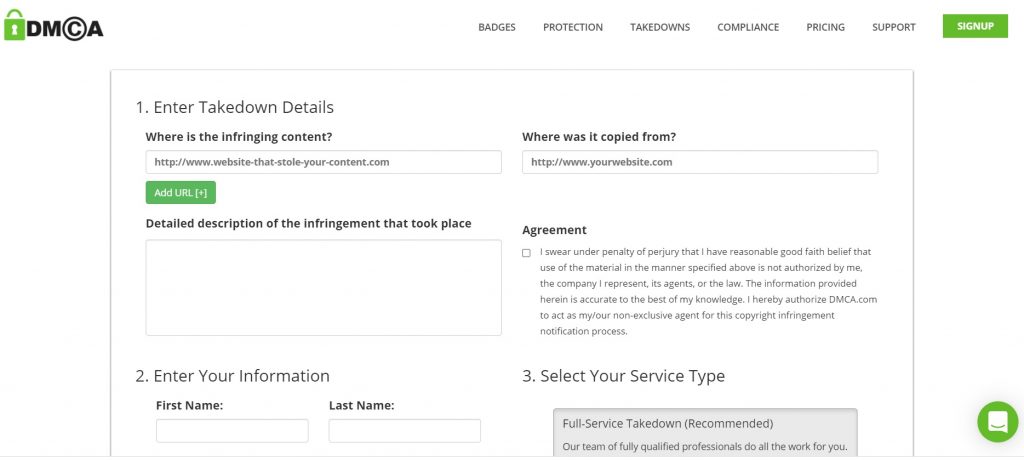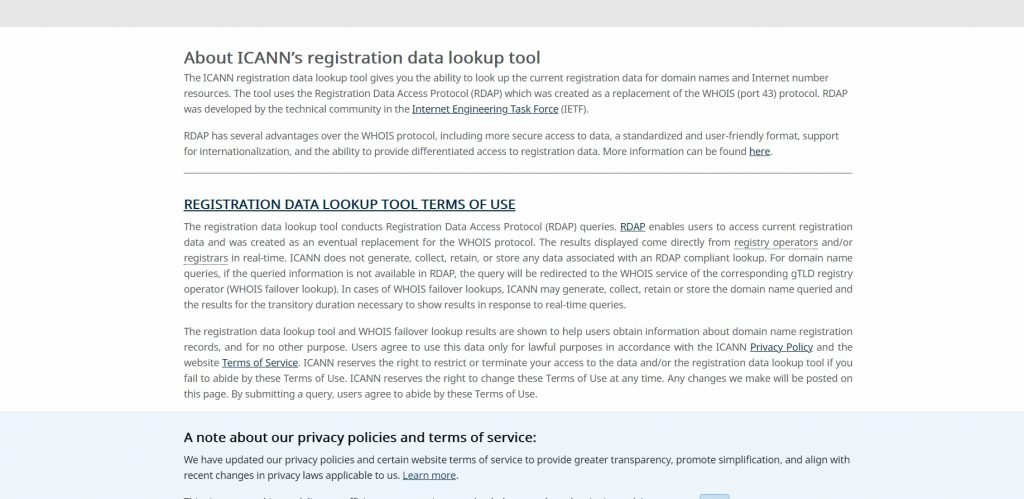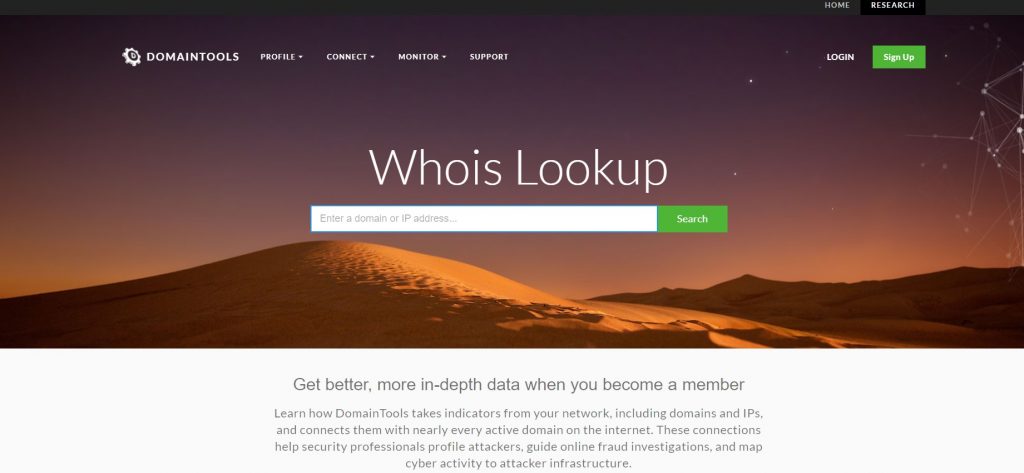Today’s topic is related to one of the most common problems in the digital world where copyright violation isn’t out of the ordinary. Everyone can face infringement of an intellectual property right or publication of private/sensitive information without their consent.
There are several ways to counter this problem. Some of them are quick but related to hacking. Since such methods are obviously outlawed, I’ll focus only on the legal ways.
Let’s start!
Review of the best methods for website editing
Browser code editor
The first method requires your active participation and can be an option if you know how to code.
First of all, you need to open the page, select the part you’d like to change, and right-click on it. After that, you’ll see a contextual menu where you need to select the “Inspect Element” option.
Then, you’ll see a developer editing tool in the lower part of the tab with highlighted Document Object Model. If you double-click on it, you can start editing: just bring your changes to the text and click outside the editor tool to save them.
Also, you can change fonts; edit styles and spacing; relocate pictures, and many more. But to do it, you need to be versatile in HTML and know how to use tags.
Disclaimer. The above changes allow you to understand the website’s functionality better, work with design elements, and try out different variants for the website’s appearance. Of course, these adjustments are only visual, no website’s code structure is changed.
But what should you do if false information that is published on some website isn’t a joke and can ruin your reputation or cause real damage?
In this case, you need to utilize the specialized services I’ve listed below.
Seek help from Google
You need to go to the Google support page and find an option to delete content from Google. After that, you’ll be offered to create a request and fill in the following information:
- country of residence;
- full name;
- email;
- URL of the content you want to delete;
- explanation about what personal data you want to delete (for example, it can be “video with me”);
- reason for deletion.
After that, it’s necessary to confirm that you:
- agree with the personal data processing;
- confirm the veracity of the given information.
After you click on the “Send” button, the system generates the request. Further, you can find it on a website called “Lumen”.
Creation of a takedown notice to DMCA
You need to go to the DMCA official website and click on “Start a takedown”. After that, you’ll be transferred to the page, where you need to fill in the following data:
- URL of the website;
- details about the content you want to delete;
- source where the info was taken from;
- personal information (email address, full name, etc.).

After that, just click on “Proceed to checkout”.
Unlike the previous method, the current service offers both paid and out of charge plans:
- free plan.
- “Webmaster”( $10 for a monthly subscription or $100 for a yearly plan).
- “Full-service” ($100 per website).
Contact domain registrar
- Some domain name registrars simply put their contact emails directly on their web resources.
- If you don’t remember the name of your domain registrar, you can search for the message you received after purchasing a domain.
- In case you delete that message or simply can’t find it, you can use the service called “ICANN”. Then, find the search box, paste your domain name, and click on the “Lookup” button to get the results. According to the ICANN’s terms of use, the domain name registrar must give its contact email or web form to provide communication with the relevant contact (of a domain name).

Drop a message to the website owner
To make it possible, you need to get information about the owner that is usually located in the website footer or contact a support team. If for some reason this cannot be done, the protocol “Whois” is at your disposal. It’s a query protocol, based on TCP that contains the data about all registered domains on the Internet and domain registrars. Also, you can get data about platforms, which provide domain registrars with space or storage.
Currently, there are a lot of variations of Whois lookup tools. Also, you can find a Whois extension for the browser you utilize. Anyway, the principle of working is always the same: you fill in a domain name or IP in the box and click on the “Search” button.

This service can offer free or paid subscriptions. You can also find them under the names of “Thin” and “Thick” models. This separation lies in the difference in available data amount you can get. For example, the “Thin” model can provide you with information about a domain’s registration date, type of the servers, and response code. If you use the “Thick” model, you can get full administrative and technical information details about the registrar.
